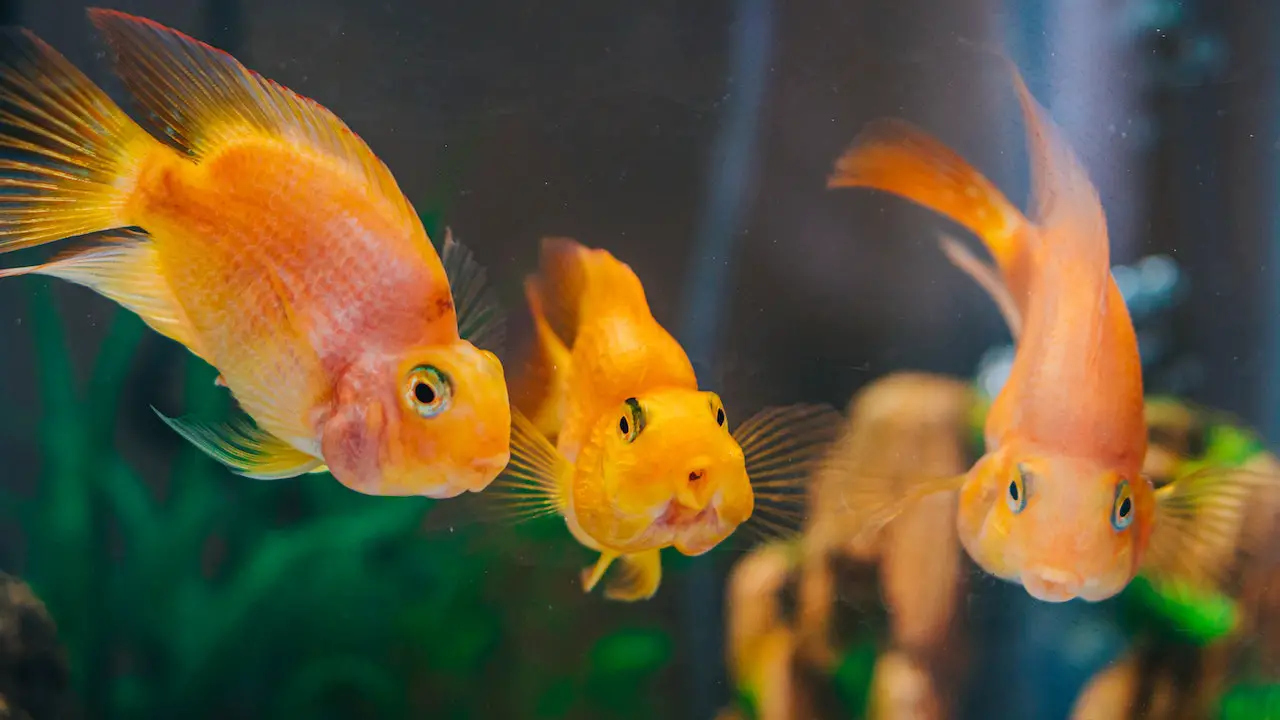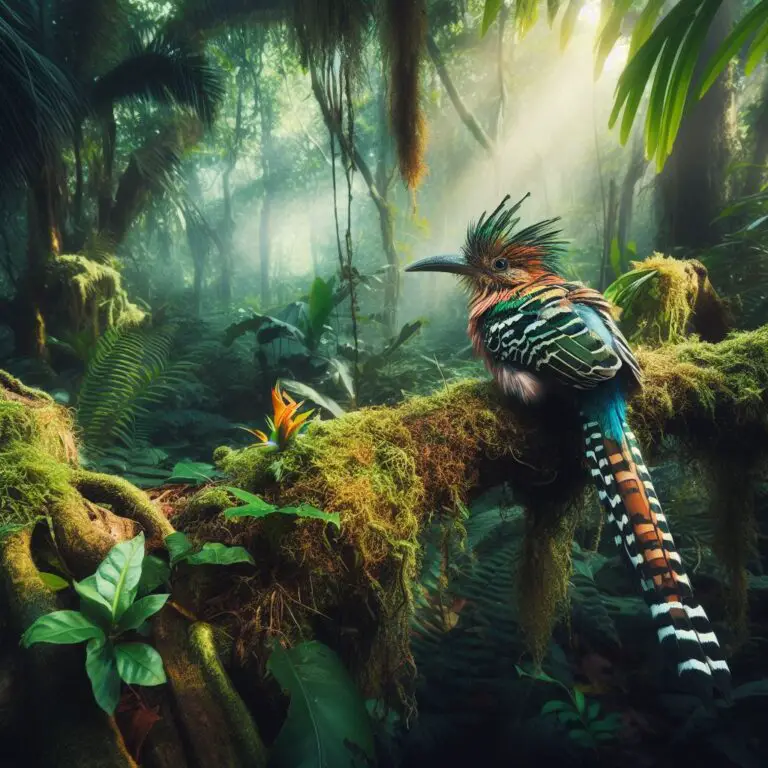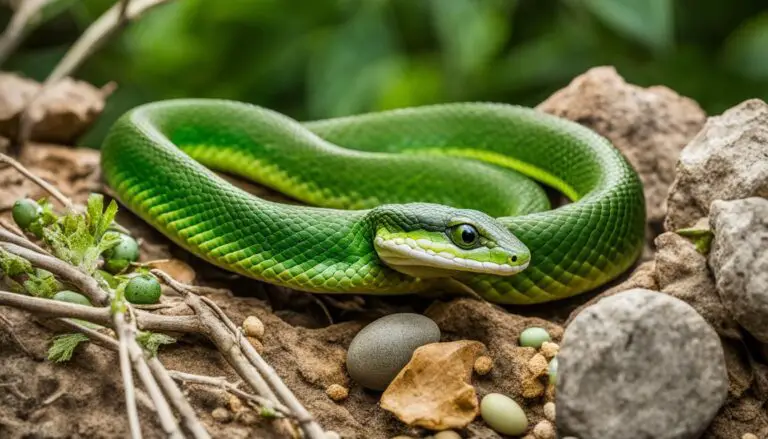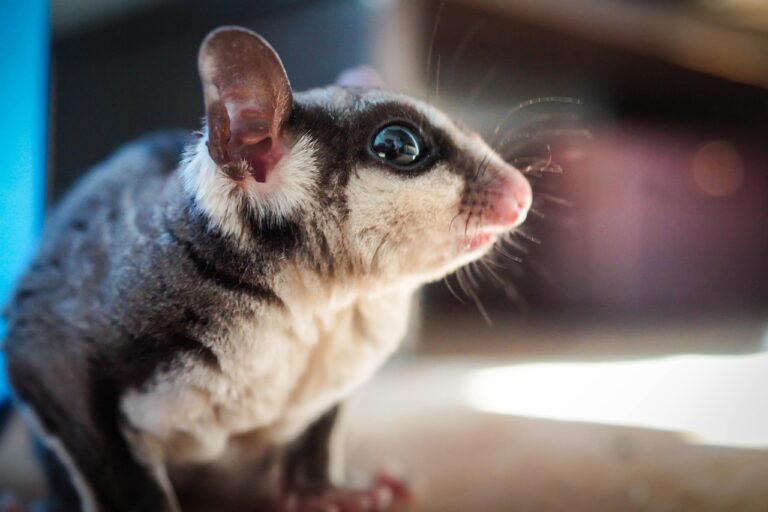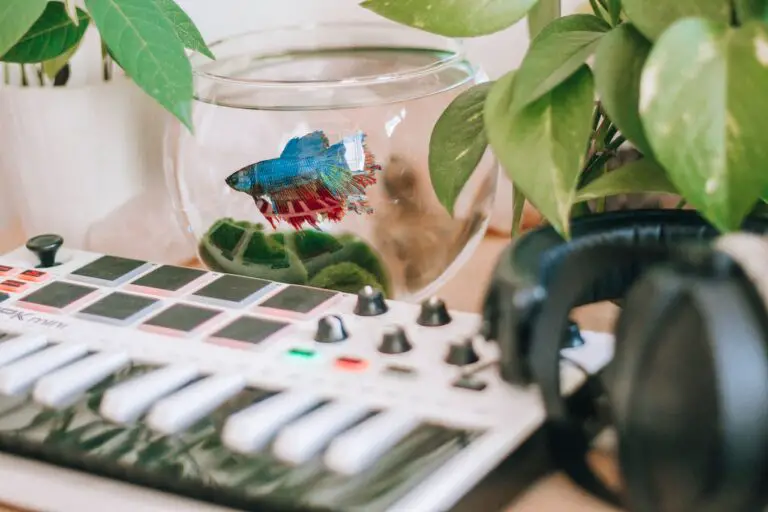Aquatic Exotic Pets Breeding Guide: Dive Deep into the Art
Breeding aquatic exotic pets is a fascinating endeavor that allows enthusiasts to explore the wonders of underwater life and contribute to the conservation of unique species.
In this article, we will delve into the art of breeding aquatic exotic pets, providing insights into the process, necessary considerations, and the joy that comes with this rewarding hobby.
Key takeaways:
- Breeding aquatic exotic pets contributes to conservation efforts and promotes genetic diversity within captive populations.
- Creating the ideal environment with proper water quality, temperature, and lighting is crucial for successful breeding.
- Select healthy breeding stock and provide them with a nutritious diet and suitable hiding spots.
- Understand the reproductive behavior and breeding techniques specific to each species.
- Carefully nurture fry by providing optimal nutrition, monitoring water parameters, and managing survival rates.
- Breeding aquatic exotic pets brings personal satisfaction and allows for the joy of witnessing new life thrive.
- Connect with fellow enthusiasts, join aquarium clubs, and support conservation efforts.
Understanding Aquatic Exotic Pets
Aquatic exotic pets encompass a wide variety of species that thrive in aquatic environments.
These creatures add beauty and intrigue to aquariums, from colorful discus fish and African cichlids to mesmerizing seahorses and clownfish.
Freshwater shrimp, jellyfish, and coral species also captivate hobbyists with their unique features. Let’s explore some popular examples of aquatic exotic pet species:
1. Discus Fish
Discus fish are renowned for their vibrant colors and majestic presence.
Species such as Symphysodon aequifasciatus and Symphysodon discus are highly sought after by aquarium enthusiasts.
They are native to the Amazon River basin and require warm, soft, and slightly acidic water conditions for optimal breeding and growth.
2. African Cichlids
African cichlids offer diverse colors and unique behaviors, making them a captivating addition to any aquarium.
The Mbuna, Peacock Cichlids, and Frontosa species are particularly popular among breeders.
They are known for their complex social structures and intricate courtship displays.
3. Seahorses
Seahorses are intriguing creatures known for their unique appearance and captivating breeding behaviors.
Species like Hippocampus reidi and Hippocampus erectus are highly sought after by enthusiasts.
Seahorses engage in a courtship dance and can transfer eggs from the female to the male, who then carries them until they hatch.
4. Clownfish
Colorful and sociable, clownfish are relatively easier to breed compared to other species.
Popular examples include Amphiprion ocellaris and Premnas biaculeatus.
Clownfish form monogamous pairs and create nesting sites among sea anemones.
They exhibit sequential hermaphroditism, where the dominant individual changes sex if the opposite sex is not present.
5. Freshwater Shrimp
Small-sized and stunningly colored, freshwater shrimp species like Neocaridina davidi (cherry shrimp) and Caridina multidentata (Amano shrimp) add a touch of elegance to aquariums.
They are known for their scavenging habits and contribute to maintaining a healthy aquatic ecosystem by consuming algae and organic waste.
6. Jellyfish
Breeding jellyfish requires specialized equipment and knowledge due to their unique needs.
Moon Jellyfish and Blue Blubber Jellyfish are popular choices for enthusiasts interested in jellyfish breeding.
These delicate creatures require precise water parameters, specialized tanks with gentle water flow, and a diet consisting of live or frozen plankton.
7. Coral Species
Breeding corals is a specialized branch of aquaculture that requires expertise in maintaining delicate ecosystems.
Acropora, Montipora, and Pocillopora are among the popular coral species chosen for breeding.
Successful coral propagation involves providing stable water conditions, optimal lighting, and proper nutrient supplementation.
The Importance of Responsible Breeding
Breeding aquatic exotic pets goes beyond personal interest; it plays a significant role in conservation efforts and promoting genetic diversity within captive populations.
1. Conservation Efforts
By breeding aquatic exotic pets in captivity, enthusiasts contribute to the preservation of endangered species.
It helps reduce the demand for wild-caught specimens and provides a sustainable alternative for aquarium enthusiasts.
2. Genetic Diversity
Maintaining genetic diversity is crucial for the long-term survival and health of captive populations.
By selectively breeding individuals with diverse genetic backgrounds, breeders can help prevent inbreeding depression and the accumulation of genetic disorders.
3. Educational Value
Breeding aquatic exotic pets offers valuable educational opportunities. It allows individuals to learn about the intricate reproductive behaviors, life cycles, and ecological interactions of these fascinating creatures.
Breeding projects can inspire future generations to appreciate and conserve aquatic ecosystems.
Creating the Ideal Environment
Providing a suitable environment is essential for successful breeding.
Consider the following factors:
1. Aquarium Size and Configuration
Choose an aquarium size appropriate for the species you intend to breed.
Ensure there is enough space for the adults to establish territories and for the fry to grow.
Consider adding structures such as rocks, plants, or caves to mimic the natural habitat and provide hiding places for the fish.
2. Water Quality and Filtration
Maintain excellent water quality by closely monitoring and managing key parameters such as temperature, pH, ammonia, nitrite, and nitrate levels.
Use a reliable filtration system appropriate for the size and needs of the aquarium.
Regular water testing and appropriate maintenance routines are crucial.
3. Temperature and Lighting
Maintain stable temperature conditions within the recommended range for the species.
Adjust lighting conditions to simulate natural day and night cycles, as it can influence the breeding behavior of aquatic exotic pets.
4. Maintenance and Cleanliness
Perform regular water changes to keep the environment clean and balanced. Use non-toxic cleaning agents to prevent harmful residues.
Selecting and Preparing Breeding Stock
The selection and preparation of breeding stock are crucial for successful breeding outcomes.
Consider the following aspects:
1. Identifying Healthy Individuals
Choose individuals with vibrant colors, well-defined features, and active behavior.
Avoid specimens with physical deformities, signs of disease, or poor overall health.
2. Genetic Considerations
Avoid breeding closely related individuals to maintain genetic diversity and minimize the risk of genetic disorders.
Research the genetic history of your chosen species and consult with experienced breeders or genetic experts if possible.
3. Conditioning Breeding Pairs
Provide a nutritious and varied diet to enhance the health and reproductive capabilities of the breeding stock. Create a conducive environment with optimal water conditions and suitable hiding spots.
Reproduction and Breeding Techniques
Understanding the reproductive behavior and breeding techniques specific to each species is crucial.
Consider the following factors:
1. Understanding Breeding Cycles
Different species have unique breeding cycles influenced by factors such as temperature, water chemistry, and photoperiod.
Learn the specific cues that trigger spawning behaviors in your chosen species and replicate those conditions in the aquarium.
2. Spawning Methods
Different species employ various spawning methods:
- Egg Scatterers: Some species scatter their eggs across the tank, requiring fine substrate or spawning mops for the eggs to adhere to.
- Mouthbrooders: Certain species, such as cichlids, carry their eggs in their mouths until they hatch. Provide suitable breeding caves or structures for their breeding success.
- Nest Builders: Species like bettas build bubble nests, requiring calm waters and the presence of floating plants or other materials for nest construction.
3. Caring for Eggs and Fry
Provide a separate breeding tank or suitable environment for the eggs and fry, ensuring stable water conditions and protection from predators.
Depending on the species, remove the parents after spawning to prevent them from eating the eggs or fry.
Feed the fry with appropriate-sized food, such as microorganisms, infusoria, or specialized fry food, for healthy growth.
Nurturing Fry into Healthy Specimens
Proper care is essential to ensure the healthy development of fry.
Consider the following aspects:
1. Providing Optimal Nutrition
Research the specific nutritional requirements of the fry’s species and provide appropriate food sources.
Start with liquid or powdered fry food and gradually introduce live or frozen foods as they grow.
2. Monitoring Water Parameters
Maintain pristine water quality in the fry tank, ensuring stable temperature, appropriate pH levels, and low ammonia and nitrite levels.
Conduct regular water tests and perform necessary water changes.
3. Managing Fry Survival Rates
The survival rate of fry can vary depending on the species and environmental conditions.
Monitor water quality, nutrition, and growth rates closely, and make necessary adjustments to maximize the chances of fry survival.
Consider using specialized equipment like sponge filters to provide gentle water flow that won’t harm delicate fry.
Sharing the Joy and Contributing to Conservation
Breeding aquatic exotic pets not only brings personal satisfaction but also contributes to conservation efforts and species preservation.
Consider the following aspects:
1. Connecting with Fellow Enthusiasts
Join local aquarium clubs, online forums, or social media groups to connect with other breeders and enthusiasts.
Share experiences, knowledge, and advice to foster a supportive community.
2. Contributing to Conservation Efforts
Breeding aquatic exotic pets in captivity contributes to the conservation of endangered species.
Support conservation organizations that work towards preserving aquatic ecosystems and participate in programs promoting responsible breeding and conservation.
Conclusion
Breeding aquatic exotic pets is an art that requires a deep understanding of the species, their unique requirements, and a commitment to responsible practices.
By providing the perfect environment, selecting healthy breeding stock, understanding breeding cycles, and overcoming challenges, enthusiasts can experience the joy of witnessing new life thrive in their aquariums.
The rewards go beyond personal satisfaction, as successful breeding efforts contribute to species conservation and the preservation of these mesmerizing aquatic creatures.
FAQs
Can I breed different species of aquatic exotic pets together?
It is generally recommended to avoid crossbreeding different species to maintain genetic integrity and prevent hybridization.
How long does it take for aquatic exotic pets to reach breeding age?
The age of sexual maturity varies among species, ranging from a few months to over a year.
Research the specific species to determine their maturation timeline.
Do I need specialized equipment for breeding aquatic exotic pets?
While some species may require specialized equipment such as breeding nets, spawning caves, or controlled lighting systems, many can be bred using standard aquarium equipment.
Research the specific requirements of your chosen species to ensure their needs are met.
Are there any legal considerations when breeding aquatic exotic pets?
It is essential to research and comply with local regulations regarding the breeding and possession of exotic aquatic species.
Some species may require permits or have specific restrictions.
Always prioritize legal and ethical practices.
What should I do with surplus offspring from breeding?
If you have surplus offspring, consider sharing or selling them to fellow enthusiasts or reputable aquarium stores.
Responsible rehoming helps ensure the well-being of the offspring and prevents overcrowding in your own aquarium.
Peter Stones is the founder of Exotic Pets Place, the leading online resource for exotic pet care information.
With over 10 years of hands-on exotic pet ownership experience, he is deeply passionate about sharing his expertise to help others properly care for their unusual pets.
When he's not writing extensively researched articles or connecting with fellow exotic pet enthusiasts worldwide, you can find Peter at home tending to his own beloved menagerie of exotic animals.

